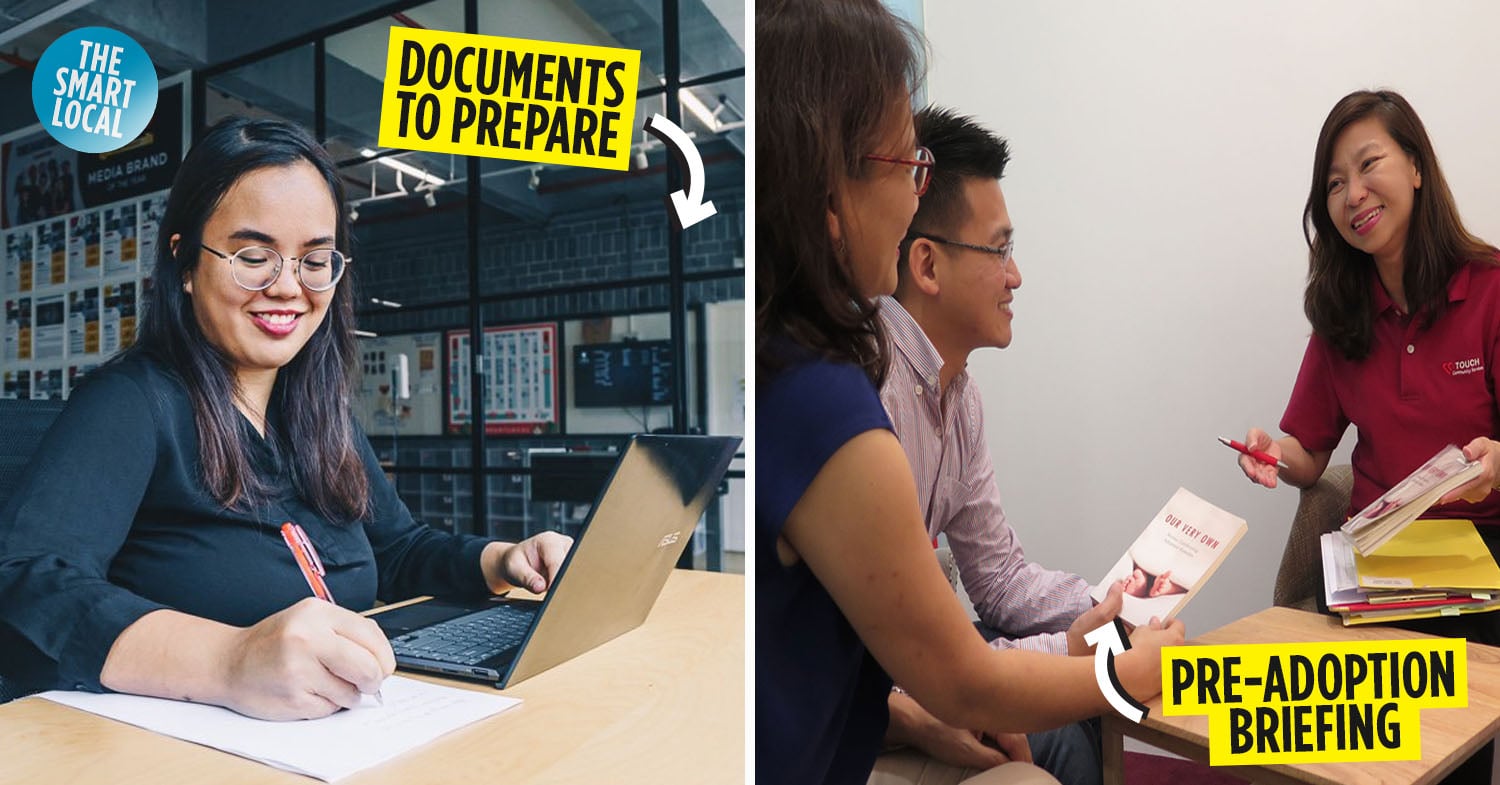Child adoption in Singapore
Adopting a child is a noble deed, as you grant them a new lease of life from the circumstances that separate them from their biological families. Like any other parent, you’re entering a lifetime of love and commitment, ensuring that your child grows up in a happy and healthy environment. In this guide, we’ll walk you through the steps you’ll have to take to adopt a child in Singapore.
We’ll also break down the costs you can expect to pay during the process. Let’s get started.
Note: All images in the article are for illustration purposes only.
Costs of adoption in Singapore
Before you jump right into the adoption process, here’s a quick breakdown of the costs you can expect to incur:
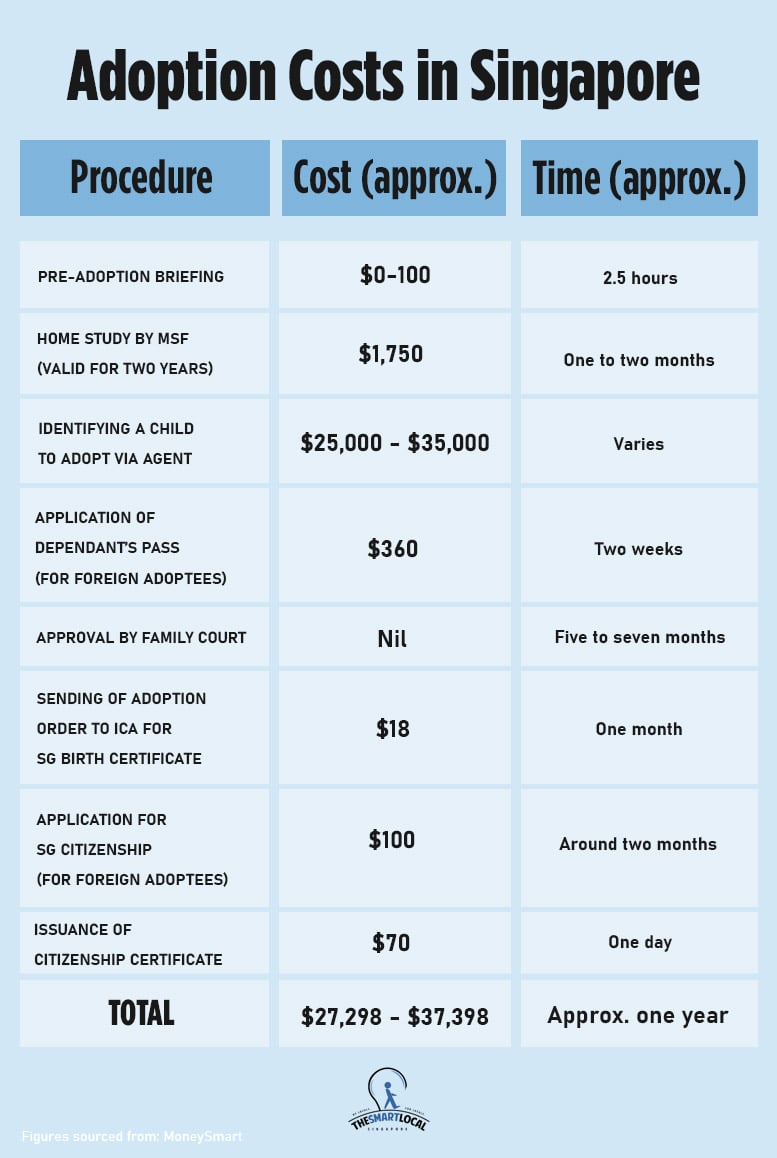
Figures sourced from: MoneySmart
As this breakdown reveals, adopting a child in Singapore doesn’t come cheap – especially if you intend to adopt one from overseas. The process is even more expensive if you’re a single parent, and it’s advised to only go ahead with the process when you have your finances sorted out.
Who can adopt a child in Singapore?
Both married couples and single persons are allowed to adopt. However, if you’re a single male, you’re not allowed to adopt a girl unless you have valid reasons to do so.
You will also have to be a Singaporean citizen, permanent resident (PR), or carry a pass that clearly shows that you’re a resident of Singapore.
There are also age restrictions in place. You will have to be at least 25 years old, at least 21 years older than the child, and no more than 50 years older than them.
Phase 1: Administrative matters and identification of child
Pre-Adoption Briefing
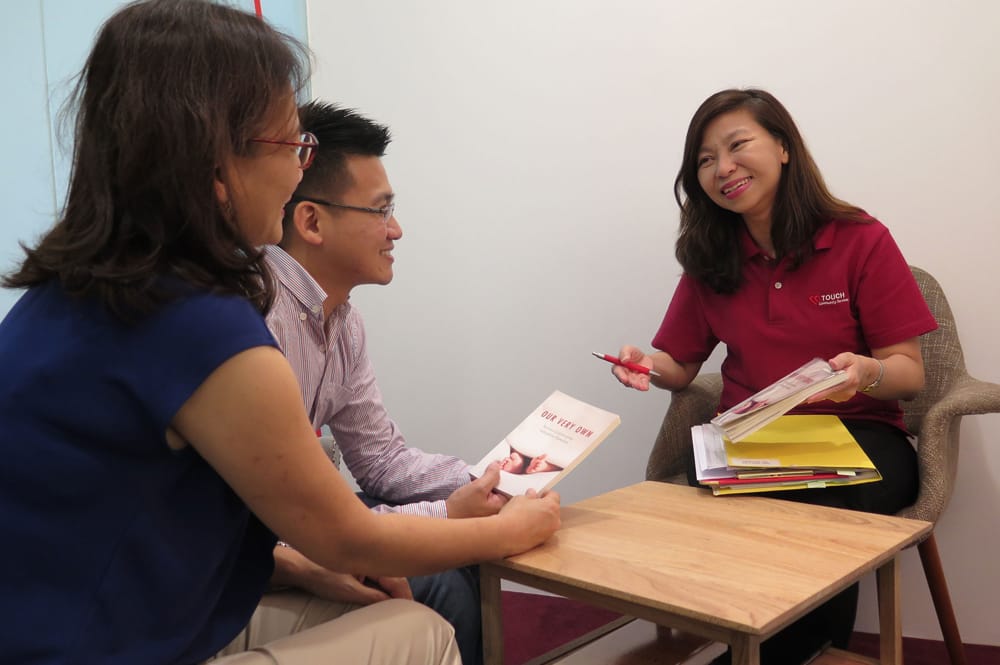
Image credit: TOUCH Community Services
Before the adoption process begins proper, you’ll need to attend a compulsory Pre-Adoption Briefing. This one-off briefing is 2.5H long and conducted in three languages: English, Chinese, or Malay.
This briefing will shed light on the responsibilities of an adoptive parent, the needs of an adopted child and avenues and resources for support you can turn to on your journey as an adoptive parent.
To register for the Pre-Adoption Briefing, head over to the Ministry of Social and Family Development’s (MSF) portal.
You can choose to attend the briefing with one of the following MSF-approved voluntary welfare organisations:
- Touch Family Services Limited
- Lutheran Community Care Services
- Fei Yue Community Services
- Apkim Centre for Social Services
In light of the current Covid-19 situation, some of these workshops are conducted online via Zoom. Do note that these online briefings come with a standard fee of $50 per individual or $100 per couple. Otherwise, physical briefings will be free of charge.
If you wish to adopt a child from China, ensure that you fulfil the requirements stipulated by the China Centre for Children’s Welfare and Adoption (CCCWA). You can check the requirements on MSF’s website.
Getting all the necessary documents in order is crucial to ensuring your adoption journey is a smooth one. Simply follow the steps below:
Step 1: Home Study Report
The next step is to put together a Home Study Report (HSR) with one of the MSF-approved voluntary welfare organisations identified above.
Think of the HSR as a special kind of CV. Instead of proving your worth to a potential employer, you’re proving your worth as a parent who is able to raise your adopted kids in a happy and healthy environment.
After all, the welfare of the child is MSF’s top priority – it is only prudent of them to ensure that the child you adopt will be in good hands.
Note: If you wish to adopt your child from China, your HSR must be prepared by either Fei Yue Community Services or Touch Family Services Limited.
As of 2021, the HSR will cost you $1,750. Each HSR is good for just one adoption and is valid for two years. If you want to adopt more children, you will have to prepare separate HSRs for each one. You will also have to wait nine months after you adopt one child before you can register for your next HSR.
As Melissa, an adoptive parent, shared on her blog, be prepared to share everything about your life to the welfare organisation – no such thing as TMI here. Below are just some of the details you have to share:
- Your life choices
- Family history
- Finances
- Insurance
- Monthly expense breakdown
- Declaration of income and investments
- Statements of all bank accounts
- Why you want to adopt
- What your childhood was like
- What your parents were like when you were growing up
- Your relationship with each family member
- Your hobbies
- Your job
In addition to the above, you have to provide character references proving that you’ll be a good parent to your adopted child. You also need to arrange for an alternate caregiver to take your place should anything – touch wood – untoward happen to you or your partner.
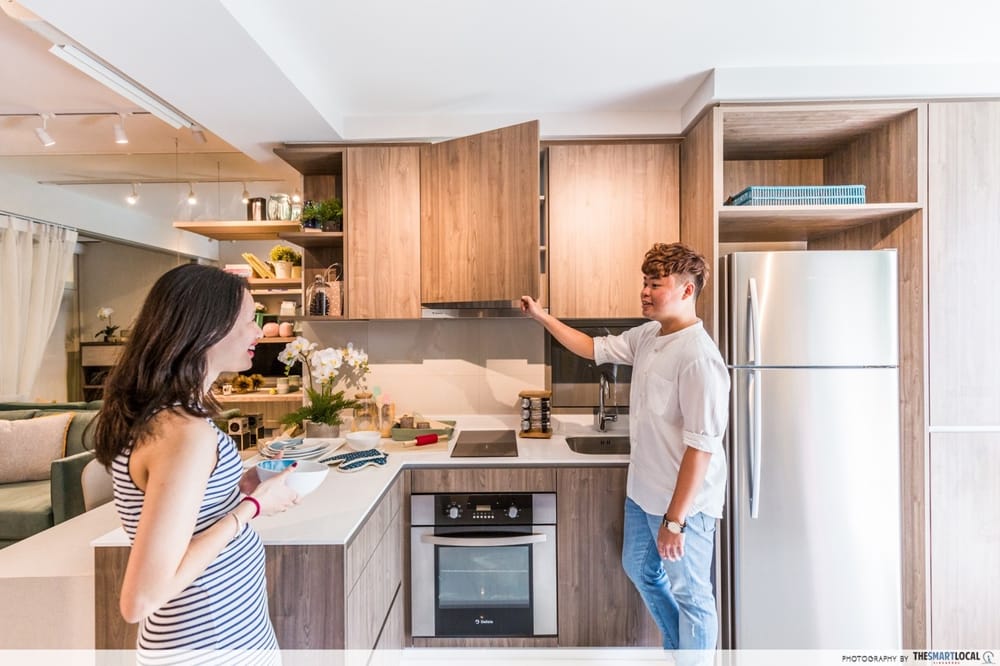
The welfare organisation will also come down to your home to ensure that it is child-friendly. If any issues are identified, the organisation will advise you accordingly.
Find out more about the HSR on MSF’s website.
If you’re adopting a child from China, your welfare organisation will submit your HSR to the CCCWA on your behalf. You will then have to pay for extra translation and administrative fees that the CCCWA charges.
If you are a Singapore citizen looking to adopt your stepchild, you may be able to waive the HSR entirely. To make a request, simply email the following documents to MSF_Adoption@msf.gov.sg:
- Your NRIC and your spouse’s NRIC
- Marriage Certificate
- Birth Certificate of the child
- Travel documents of the child, if the child does not reside in Singapore
- Your home address
Step 2: Identify a child to adopt
 Image credit: Rainier Ridao
Image credit: Rainier Ridao
Once you have put together a favourable HSR, it is now time for you to identify a child to adopt. You can either do so through your own personal contacts or by finding a child through MSF.
If you’re adopting a child from MSF, you can reach out to the welfare organisations in charge of them to get more information.
If adopting a child from China
If you’re planning on adopting a child from a social welfare institution in China, your welfare organisation will update you when a child is available for adoption.
Do note that you can’t choose which child to adopt. CCCWA will make the decision, and you can only reject them if the child has a medical condition confirmed by doctors in China.
Once CCCWA identifies a child, you will then have to fly to China to receive them and legalise the adoption. Once you’ve legalised the adoption in China and returned to Singapore, proceed with the adoption process as follows:
Step 3: Obtain the written consent of the child’s biological parents
You will next have to get the written consent of the child’s birth parents. If they aren’t available, you can get this consent from any of the following people:
- The child’s guardian
- The person who has the actual custody of the child
- The person who is liable (i.e. has a duty) to support the child
- The parents or guardian of the biological parent (if the biological parent is below 21 years old)
If you can’t get the written consent from the parents or any of the people listed above, write in to the Family Court and request for them to dispense the consent on your behalf.
In addition to the written consent, you have to prepare an affidavit that details all the efforts you took to find the birth parent(s) or any of the listed people above through these methods:
- Social media
- Mutual friends
- Relatives
- Last place of residence
Step 4: Obtain your adopted child’s identification documents
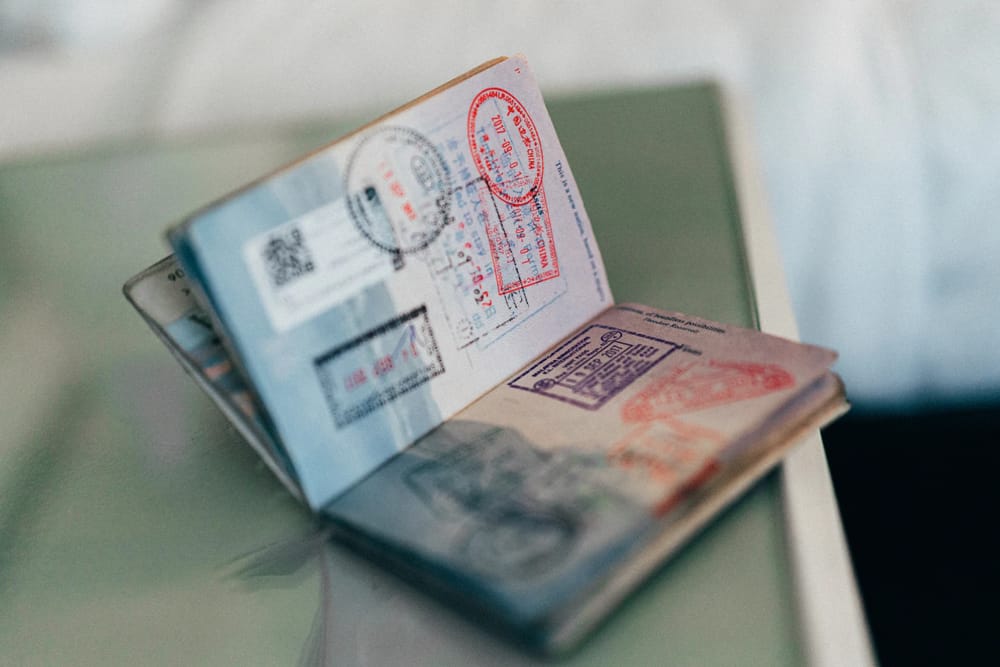
Image credit: Henry Thong
This is to ensure that your child’s identity is legitimate. This also protects you from potential adoption scams, which have duped hopeful adoptive parents into losing their money to deceitful fraudsters.
The documents you need to prepare are:
- Birth Certificate of child
- Passport of child (only applicable if child is a Permanent Resident)
Step 5: Prepare an itemised breakdown of costs incurred
According to Section 11 of the Adoption of Children Act, you cannot receive payment or any reward when you adopt, unless you have received special permission from the Court.
As every adoption process differs from person to person, the costs you rack up may vary. Maybe you paid a token of appreciation to the biological parents. Or perhaps you paid a fee to your adoption agency. Regardless of what other payments you’ve made, make sure to document everything with original receipts attached for the Court’s approval.
Step 6: Apply for a Dependant’s Pass (foreign adoptees only)

If you intend to adopt a foreign child, you’ll need to apply for a Dependant’s Pass (DP). This pass lets the child stay in Singapore until you complete the adoption process.
To apply for a DP, head over to DP Online to submit the required documents. Below is a breakdown of the documents you need to prepare for submission:
- Completed Form 12A
- From your child:
- Copy of birth certificate
- Copy of passport (every single page)
- Recent passport-sized photograph
- Copy of student pass (if any)
- Written consent of adoption
- From yourself:
- NRIC
- Letter of Employment
- CPF Statement for the past 12 months
- Income Tax Notice of Assessment for the past three years
- Copy of Home Study Report
- Itemised breakdown of costs involved
The application fee is $105. Once your documents are successfully processed and the DP is issued, you’ll have to pay another $225. You will also need to pay $30 for each visa issued for your adopted child to enter Singapore.
Find out more about the DP on MSF’s website.
Phase 2: Apply to the Family Court for adoption
Now that you have gotten all the fundamental paperwork sorted out, it’s time to bring your case to the Family Court. This phase will take you roughly around six months to complete, and the steps are as follows:
Step 7: Apply to the Family Court
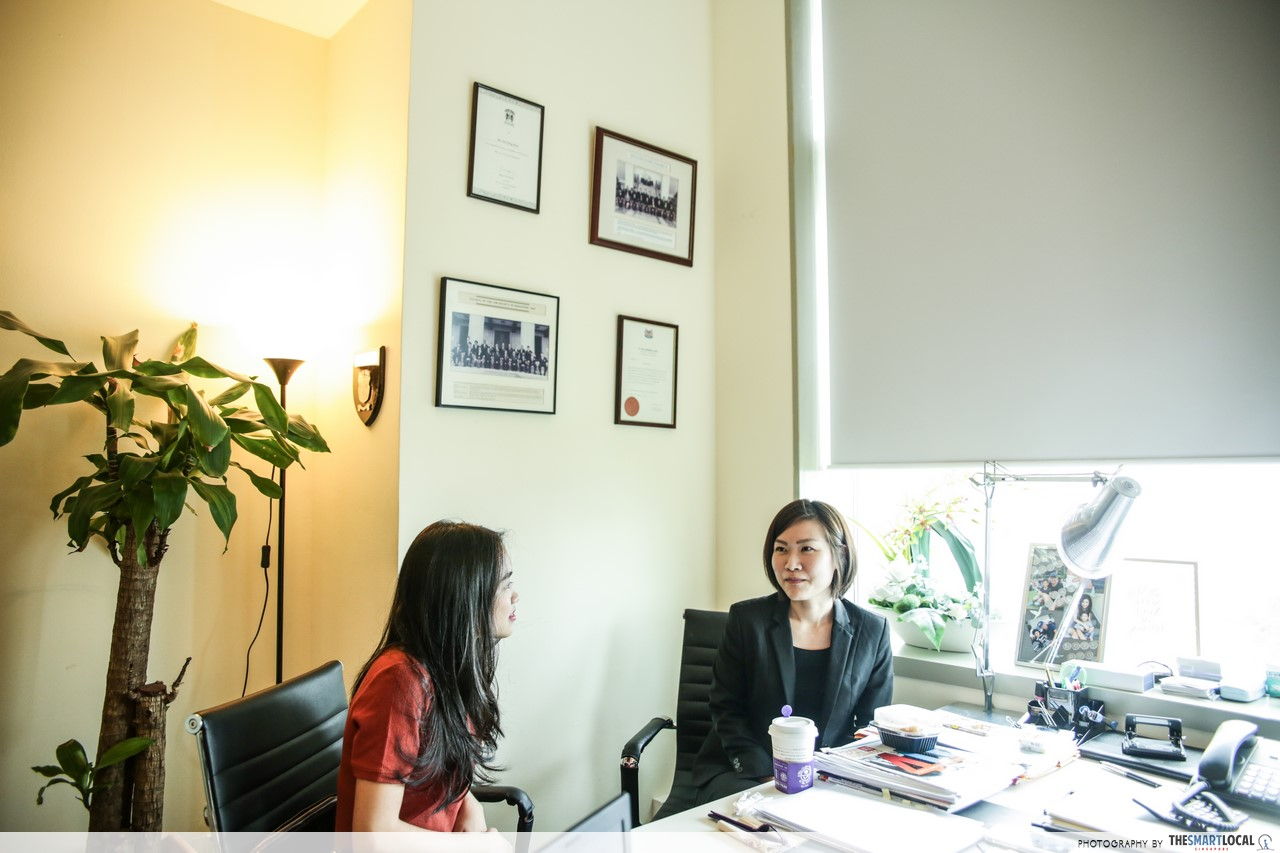
If applying by yourself
If you choose to make the application yourself, get the following documents in order:
- Form 37: Originating Summons For Adoption
- Form 38: Adoption Statement
- Form 39: Consent To Adoption Order And Dispensation of Service of Documents
- Affidavit in Support
You will then have to book an appointment with a Commissioner for Oath to validate your affidavit. Each commissioning will run you $25. You can find the full list of Commissioners for Oath available here.
With all these documents at the ready, head over to the LawNet & CrimsonLogic Service Bureau office. This is the central location where all documents required by the Family Court are filed. Each exhibit page filed will cost you $5.
Once your application is processed, you will have to attend Court hearings in person. Do take note that these hearings will take place on weekdays; if you’re working full-time, be prepared to take leave from work to make the hearings.
If applying through a lawyer
Alternatively, you can engage a lawyer to settle the application and attend Court hearings on your behalf. Your lawyer will also take care of all the necessary documentation.
If you want to hire a lawyer but have problems paying the fees, you can turn to the Legal Aid Bureau (LAB) for help.
Step 8: Court will appoint a Guardian-In-Adoption for the child
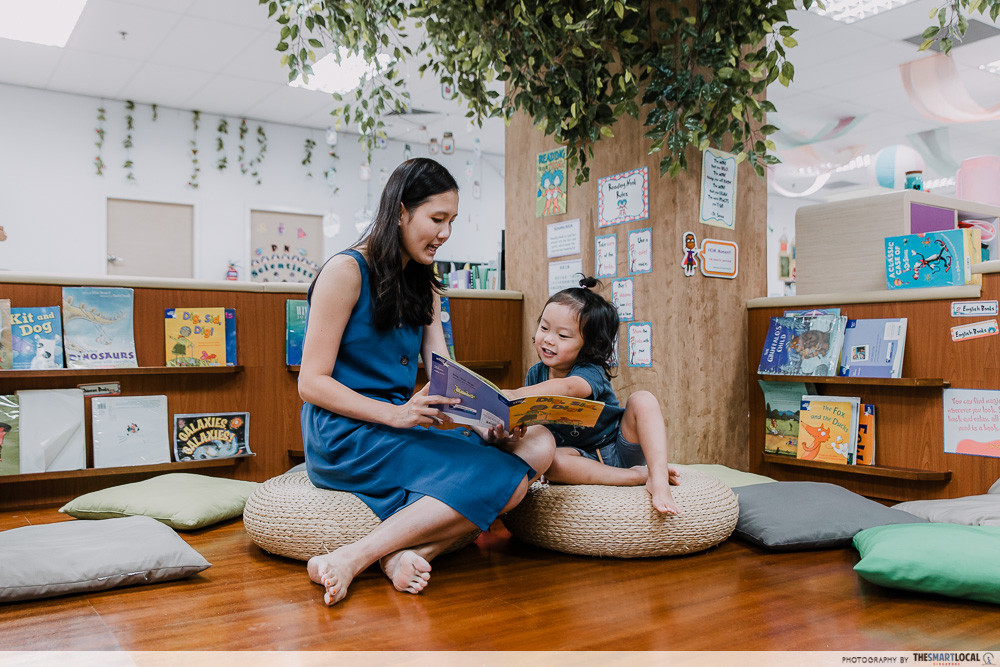
With the application processed, the Court will then get you or your lawyer to seek consent from the Director-General of Social Welfare from MSF to serve as the Guardian-In-Adoption (GIA) for the child while the adoption is underway.
Think of the GIA as a guardian angel. As child adoption is a very serious business, their job is to protect the child and make sure he/she gets into a good home. The GIA will do all the necessary social investigations before they decide to submit the final affidavit to the Family Court.
Below is a list of the documents you have to prepare to seek consent for the GIA appointment:
- Certificate of Attendance for Pre-Adoption Briefing (PAB)
- Originating summons for adoption
- Adoption statement
- Affidavit in support of originating summons
- Written consent for adoption by biological parents or relevant person(s)
- Original birth certificate of child
- Dependant’s pass of child (if applicable)
- Approval letter for Waiver of HSA (if applicable)
The fee for the GIA consent application is $250. Once you have your documents in order, send the whole lot to MSF_Adoption@msf.gov.sg with the subject header [New GIA Consent Application] [Name of Child] [OSA number].
The MSF will then review your request for the GIA appointment. If all goes well, the MSF will issue you the consent, which you or your lawyer will then have to submit to the Family Court.
Step 9: Attend interviews with MSF

Once you’ve gotten the GIA on your side, they will appoint a Child Welfare Officer (CWO) from MSF to interview you about your family and the child’s status and situation.
There will be multiple rounds of interviews to go through, and the CWO will also pay visits to your home. Once the CWO completes their investigations, MSF will draft an affidavit detailing the social investigation findings.
Step 10: Apply for date of hearing
When MSF is done drafting the affidavit, it will be sent to you or your lawyer. You or your lawyer will then have to submit the affidavit to the Family Court within two weeks. From here, apply for a date of hearing. Here’s when the final decision on your adoption will be made.
Step 11: Attend the case hearing
Either you or your lawyer has to attend the case hearing. During this hearing, the Court may summon other parties like the CWO and the child’s biological parents. The statements made by both parties will help the presiding judge make a more informed decision on whether or not to let you adopt the child.
Step 12: Register the child after successful Family Court hearing
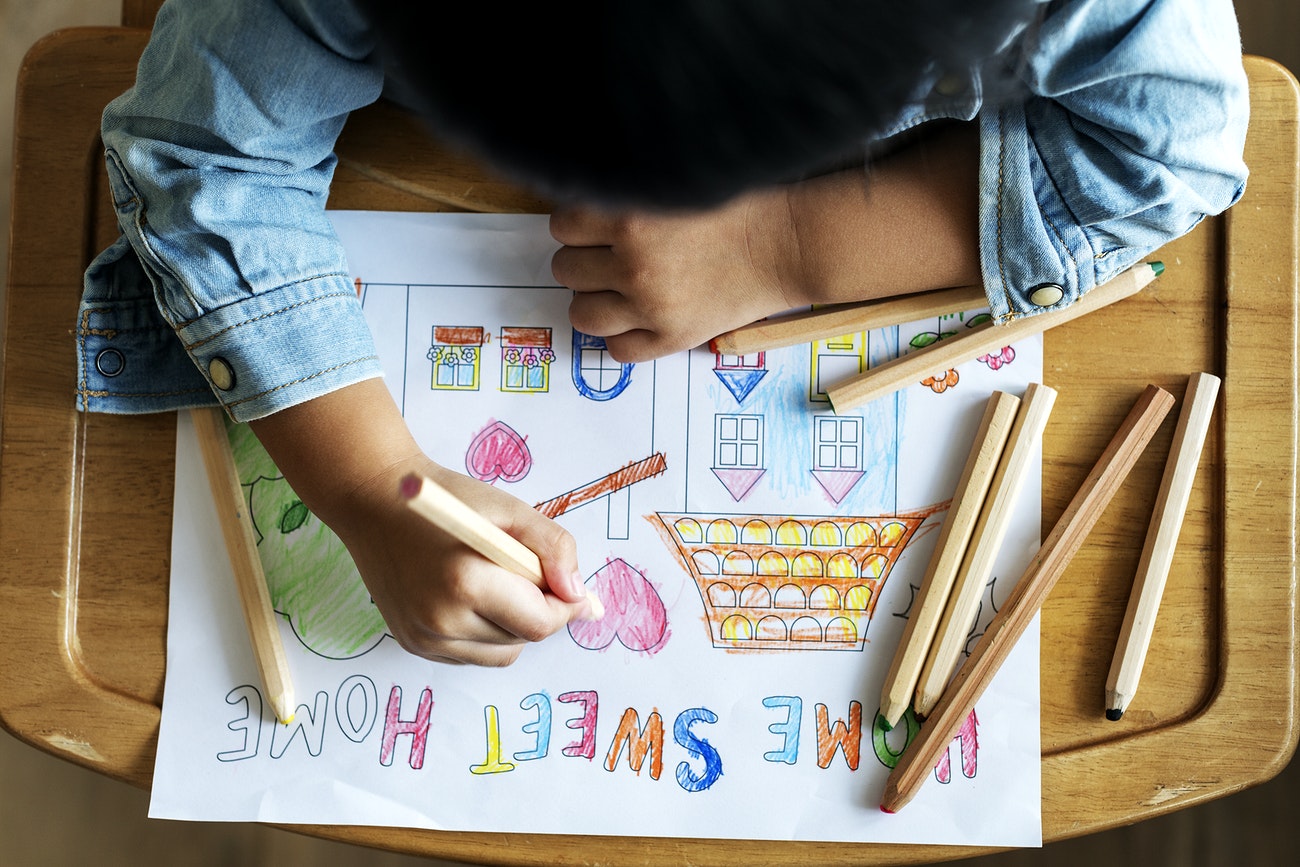
Image credit: Raw Pixel
If the Court deems you worthy of adopting the child, it will grant you an Adoption Order and inform the Registry of Births & Deaths and Immigration and Checkpoints Authority (ICA) to issue a new Birth Certificate. You or your lawyer will then receive a letter from ICA to collect this.
When you receive the Birth Certificate, you can now apply for citizenship for the child if they are a foreigner. The application will cost you $100 and you’re again required to submit your financial details and family particulars.
Step 13: Prepare Post Placement Reports (China adoptees only)
Post-Placement Reports (PPR) – written reports prepared by adoption caseworkers – are required by CCCWA for children adopted from China. PPRs are prepared by local welfare organisations and sent to CCCWA.
You will have to complete a total of six PPRs in the following time markers after the adoption is registered in China:
- Sixth month
- First year
- Second year
- Third year
- Fourth year
- Fifth year
How to adopt a child in Singapore
If you’ve made it to the end of this guide, congratulations! You’re now one step closer to adopting a child. As you can see, the journey towards taking a child under your wing is a long and arduous one – but a fulfilling one nonetheless.
It doesn’t end when you complete the adoption process either. The care and nurture of the child are now in your hands, and we wish you all the best on your parenting journey.
For more parenting-related guides, check these out:
- Guide To Choosing A Preschool In Singapore
- Most Popular Baby Girl Names In Singapore
- Most Popular Baby Boy Names In Singapore
Cover images adapted from: Philippe Murray-Pietsch, TOUCH Community Services
